We are still waiting for lower daytime temperatures although our nights have become cooler. When that happens, we will see dramatic differences in leaf color.
Perhaps you’ve seen the slogan “Fall is for planting” but not understood why this is a great time to plant. Mid-September to early October is ideal because the soil is still warm. This is the time of year when most plants are no longer pushing out new foliage; instead their energy is focused on root growth. Then, when spring comes, the plant’s energy can be expended on foliar growth.
Meanwhite, in last week’s discussion, I did not mention berries which also brighten fall landscapes. I highly recommend Callicarpa (Beautyberry) and Ilex verticillata (Winterberry).
Nor did I mention trees that have spectacular fall color. Two examples of native trees are Oxydendron arboreum (Sourwood) and Nyssa sylvatica (Black Gum/Tupelo). Sourwood is small shade tree at 25’ with beautiful lily-of-the-valley-like flowers in June and bright red fall foliage. Black Gum is a large tree, usually 30-50’ tall but there are some smaller cultivars that have interesting shapes. ‘Tupelo Tower’ is still tall but only 20’ in diameter. ‘Autumn Cascade’ is a weeping form that only grows 8-12’ high and 4-6’ wide.
Once the leaves drop from the trees, we can truly appreciate their architectural shapes. We also become aware of the shadows that the branches throw.
I have ranted for years about fall cleanup, a great disservice to enriching our landscape beds. Interest can be created by what you don’t do rather than what you do, so think about implementing a low-maintenance plan for garden care: leave seed heads and stems on the plants to create ornamental appeal; then, in the spring, cut it all down but leave the cuttings on top of the soil to decompose. Some of the most appealing plants in the fall and winter garden are Sedum, Echinacea, Aster, Lavandula, and ornamental grasses. The more the better; their textural contrasts and subtle hues will please our eyes as well as feed the birds and remaining insects.
Mulching now will help keep the soil warm and retard weeds but please, no more than two inches of a double-shredded hardwood bark. Be wary of free community mulch. Some of it is from diseased trees that have been cut down and the disease stays in the bark and then infects your trees.
Avoid common mistakes that can work against your hard work in the garden. Nothing drives me crazier than volcano mulching – mounds of mulch around tree trunks. Volcano mulching murders trees. Mulch pushed up against a tree trunk ensures that a moist environment will ensue, thus providing the perfect environment for diseases and pests. Instead, create a saucer with the mulch to trap water and give the tree some breathing room.
Having a beautiful fall landscape doesn’t have to mean missing football games because of the back-breaking work waiting for you. With the help of a professional landscape designer, obviously me, we can create a plan that will work for your landscape and you.


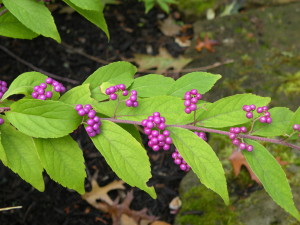
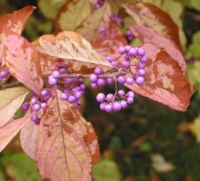
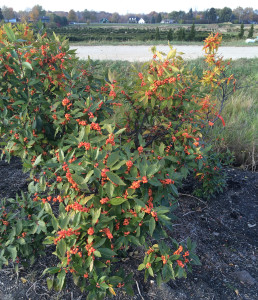
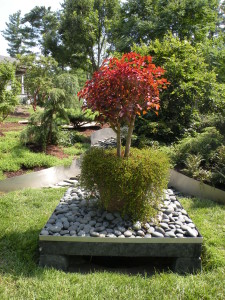

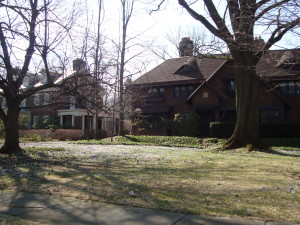

0 Comments